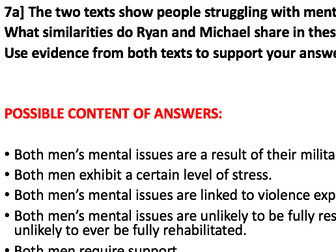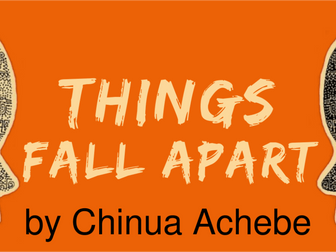
History by John Burnside - Presentation
This resource is a presentation on History - a poem by John Burnside. Please note that although this resource could be used as the basis for a lesson it does not contain extensive tasks for students to do. What it does contain is a close analysis of the poem, stanza by stanza, helping students to understand the poem and understand how the poet uses methods (such as enjambment, contrasts, alliteration, imagery, tonal shifts and symbolism etc) to assist in the communication of his ideas.
The presentation would probably take at least 40 minutes and slides are animated to reveal more and more analysis and explanation as and when the teacher feels ready to move on.
The PPT includes 14 slides:
Slide 1: title slide
Slide 2: homework review slide (This slide can be used in the previous lesson for setting homework on student’s initial response to ‘History’. It has 4 short answer questions to get students thinking about the poem.)
Slides 3-12: each slide looks at a stanza in close detail. The stanza is featured on the slide for ease of reference.
Animated green text boxes appear with a click of the mouse/space bar to provide an analytical observation on a specific feature of the stanza.
After all green text boxes have been revealed a yellow text box is revealed that lists all of the methods the poet has used in the stanza, all of which will have been covered by the green text boxes. This is simply to draw students’ attention towards acknowledging that what has been discussed is intimately linked to the ‘methods’ the poet uses - something that is crucial for students’ success in the exam.
Finally a grey text box is revealed which summarises what the stanza is about.
Slide 13: time for Q&A on the poem - students could write their questions on a post-it note
Slide 14: possible examination questions
I am a qualified English teacher working in the UK state school system.

